Exhibition dates: 25th June – 26th September, 2021
Tobias Zielony (German, b. 1973)
Andrej
2016
Courtesy KOW, Berlin
© Tobias Zielony
A German artist who pictures the intersection between youth culture, identity and (self) representation.
Unlike the work of Michael Schmidt with that artist’s intimate association with the city of Berlin, Zielony’s photographs could have been taken anywhere in the world. With their contextless backgrounds Zielony’s figures – whether strangely lit and configured automatons, eerie apartment blocks that inhabit an alien world or anonymous humanoids fixed in mundane urban spaces – seem to be more about the artist and how he perceives the world than about the subject itself.
Having said that, these memorable photographs of introspective youths seem to hover in space between the preter/natural – suspended between the mundane and the miraculous.
Dr Marcus Bunyan
PS. My friend and mentor said to me, “What I am interested in, is how Zielony came to make such interesting aesthetic decisions – his work is the most interesting in terms of appearance for a long time. It is so easy to make things messy but he manages to remain so clean. What does he do, what does he say to himself to make this happen?”
Many thankx to the Museum Folkwang for allowing me to publish the photographs in the posting. Please click on the photographs for a larger version of the image.
TOBIAS ZIELONY. The Fall – Trailer
With The Fall, the Folkwang Museum is showing the first overview exhibition of works by the photo and video artist Tobias Zielony (b. 1973 in Wuppertal). A total of eleven video works, seven photo series, two room installations and a digital slide show with around 150 photographs alone allow for the first time a comprehensive look at Zielony’s artistic work over the past twenty years.
In his work, Tobias Zielony repeatedly deals with the concept of youth culture in relation to origin, representation and fashion and the associated definition of identity in the changing media reality. The emergence of social networks and the exchange of countless photographic images have fundamentally changed the idea of the self and the forms of (self) representation. Zielony shows his protagonists: inside as self-confident participants in this interplay, who act despite cultural and social differences in a global cosmos of social codes and self-portraits.
Tobias Zielony stands in a long line of tradition in artistic photography and is considered by many younger picture makers to be pioneering. Few photographers of his generation have observed social and media developments as carefully and translated them into a contemporary visual language as he has. For the first time, “The Fall” offers the opportunity to read Zielony’s imagery, which is located in the most diverse regions of the world, as global phenomena in their specific forms.
Tobias Zielony (German, b. 1973)
Glow
2001
From Curfew, Bristol, Newport
C-print
41.4 x 42cm
Courtesy KOW, Berlin
© Tobias Zielony
Tobias Zielony (German, b. 1973)
Hochhaus
2003
From Ha Neu
C-print
46 x 69cm
Museum Folkwang, Essen
© Tobias Zielony
Tobias Zielony (German, b. 1973)
Aral-1
2004
From Tankstelle
C-Print
48 x 72cm
Courtesy KOW, Berlin
© Tobias Zielony
Tobias Zielony (German, b. 1973)
Park
2006
From Big Sexyland
C-print
67 x 100cm
Museum Folkwang, Essen
© Tobias Zielony
Tobias Zielony (German, b. 1973)
Skandalous
2007
From The Cast
C-print
84 x 56cm
Courtesy KOW, Berlin
© Tobias Zielony
Tobias Zielony (German, b. 1973)
Jay
2007
From The Cast
C-print
56 x 84cm
Courtesy KOW, Berlin
© Tobias Zielony
Tobias Zielony (German, b. 1973)
Untitled
2008
From the series Trona – Armpit of America
Courtesy KOW, Berlin
© Tobias Zielony
Tobias Zielony (German, b. 1973)
Dirt Field
2008
From the series Trona – Armpit of America
C-print
56 x 84cm
Courtesy KOW, Berlin
© Tobias Zielony
Tobias Zielony (German, b. 1973)
Two boys
2008
From the series Trona – Armpit of America
C-print
56 x 84cm
Courtesy KOW, Berlin
© Tobias Zielony
Tobias Zielony (German, b. 1973)
Ball 13
2008
From the series Trona – Armpit of America
C-print
84 x 56cm
Courtesy KOW, Berlin
© Tobias Zielony
Tobias Zielony (German, b. 1973)
BMX
2008
From the series Trona – Armpit of America
C-Print
56 x 84cm
Courtesy KOW, Berlin
© Tobias Zielony
Tobias Zielony (German, b. 1973)
Vela Azzurra
2010
From the series Vele
C-print
150 x 120cm
Courtesy KOW, Berlin
© Tobias Zielony
With The Fall, Museum Folkwang is presenting the first major overview exhibition of the work of Tobias Zielony (June 25 – September 26, 2021). Zielony stands in a long lineage of artistic photography. His visual world is seen as paving the way for a younger generation. Few photographers have observed developments in society and the media as keenly and translated these into a contemporary visual language as he has. His work The Citizen, on the topic of migration, was shown in the German Pavilion at the 2015 Venice Biennial and viewed by a broad international public. The largest presentation of his photographs and video works to date offers a comprehensive insight into Zielony’s work of the last 20 years.
The people and spaces that attract Tobias Zielony are not on the margins of society, but the places in deprived areas where adolescents meet, hang out and show off: be this in Wuppertal, Trona, Naples, Osaka, Halle-Neustadt or Kiev. The youths and young adults whom Zielony accompanies with his camera as a confidant and observer belong to the Techno, LGBTQIT* or skater scene, amongst others. Zielony operates globally and allows himself to be guided by his curiosity, which affords him ever new encounters with young people in their respective social contexts. In all of this he explores the intersection between fictional and documentary assertions and investigates the political and aesthetic potential as well as the boundaries of authentic self-representation. His photographic works and films are characterised by a critical understanding of the genre and the quest for self-determination and emancipation of those portrayed in them.
The show The Fall combines well-known photography series and early video works ranging from Curfew (2001), Big Sexyland (2006), the well-known stop-motion videos Vele (2009-2010), Maskirovka (2016-2017), to the video work Hansha (2019) created in Japan. The exhibition is the first to bring together Zielony’s visual worlds from different parts of the world and show them as global phenomena with specific characteristics. A symbolic city space is created in the exhibition;s central space, which offers a space to meet and sojourn. Encounters, situations and places exist alongside and enter into relationship with each other, and in their spatial consolidation cite the ever-present flood of images on social media.
In his work, Tobias Zielony has time and again addressed youth culture with a view to background, representation and fashion and the definition of identity in a world changing in terms of the media used. Social networks and the exchange of photographic images they entail have fundamentally changed the notion of the self and the forms of (self-)representation. Everyone – and this includes his protagonists – now uses the photographic medium with their smart phone in order to send and receive images. In this interplay, Zielony shows his subjects as confident participants acting in a global cosmos of social codes and self-portraits – in spite of cultural and social differences.
Spector Books is publishing a series of essays: selected works by Tobias Zielony are paired with texts by Sophia Eisenhut, Joshua Groß, Dora Koderhold, Enis Maci, Mazlum Nergiz and Jakob Nolte.
Press release from the Museum Folkwang
Tobias Zielony (German, b. 1973)
Al-Akrab (filmstill)
2014
HD Video & Stop Motion, 4:52 min
Courtesy KOW, Berlin
© Tobias Zielony
Tobias Zielony (German, b. 1973)
The Citizen
2015
Courtesy KOW, Berlin
© Tobias Zielony
Tobias Zielony (German, b. 1973)
The Citizen
2015
Courtesy KOW, Berlin
© Tobias Zielony
Tobias Zielony (German, b. 1973)
Cover
2017
From Maskirovka
Inkjet print
84 x 56cm
Courtesy KOW, Berlin
© Tobias Zielony
Tobias Zielony (German, b. 1973)
Secret
2017
From Maskirovka
Inkjet print
56 x 84cm
Courtesy KOW, Berlin
© Tobias Zielony
Tobias Zielony (German, b. 1973)
Make Up
2017
From Maskirovka
Inkjet print
70 x 105cm
Courtesy KOW, Berlin
© Tobias Zielony
Tobias Zielony (German, b. 1973)
Maskirovka (installation view)
2017
HD Video, Stop Motion, 8:46 min
Courtesy KOW, Berlin
© Tobias Zielony
Tobias Zielony (German, b. 1973)
Red Mask
2019
Inkjet print
100 x 75cm
Courtesy KOW, Berlin
© Tobias Zielony
Tobias Zielony (German, b. 1973)
Hansha (installation view)
2019
HD Video, 6:01 min
Courtesy KOW, Berlin
© Tobias Zielony
Tobias Zielony (German, b. 1973)
Snakepool
2020
Inkjet print
120 x 80cm
Courtesy KOW, Berlin
© Tobias Zielony
Tobias Zielony (German, b. 1973)
Yusuke
2020
Inkjet print
120 x 80cm
Courtesy KOW, Berlin
© Tobias Zielony
Halina Kliem
Portrait of Tobias Zielony
2021
Museum Folkwang
Museumsplatz 1, 45128 Essen
Opening hours:
Tuesday – Sunday 10am – 6pm
Thursday – Friday 10am – 8pm



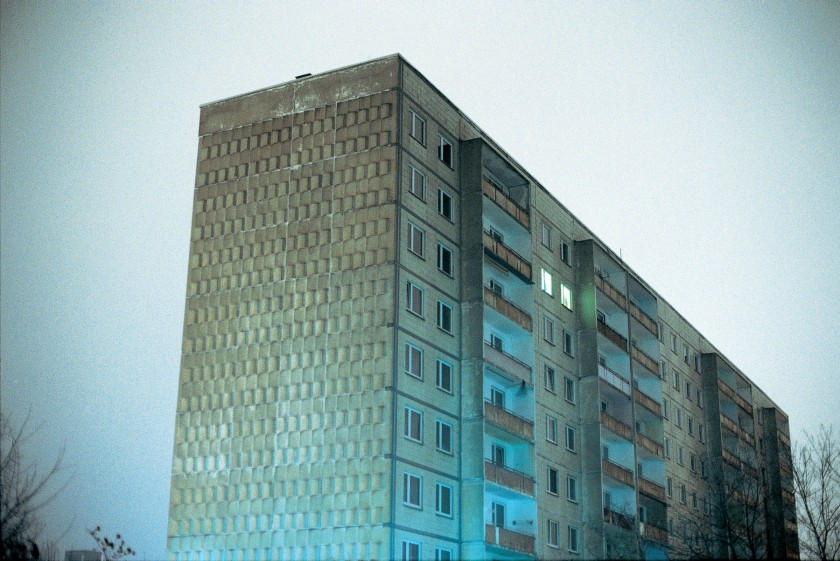
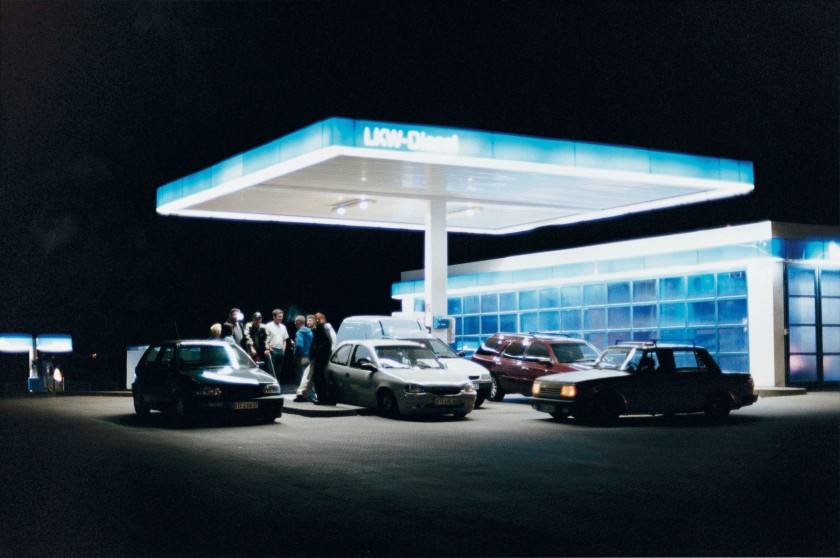
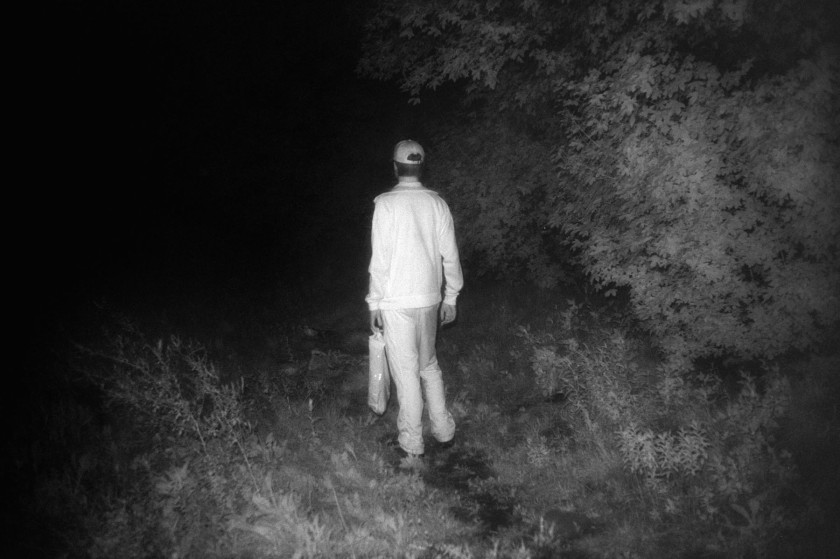



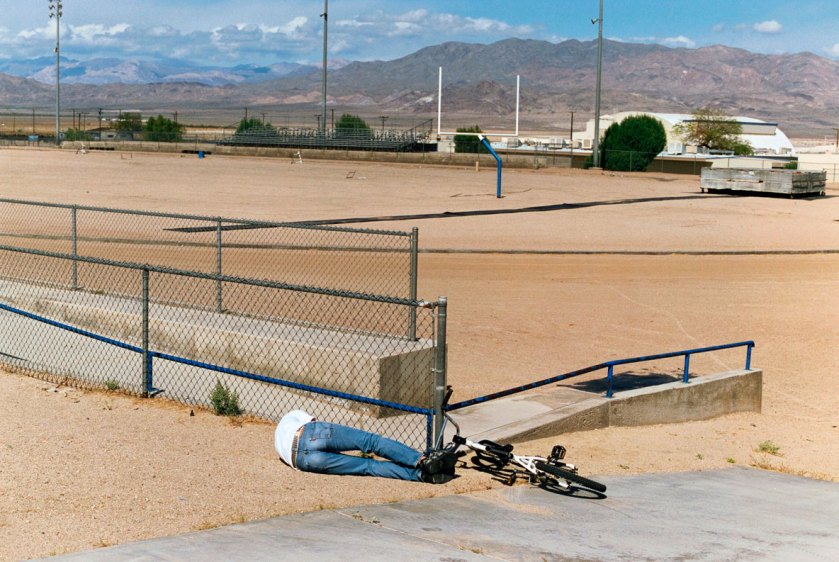


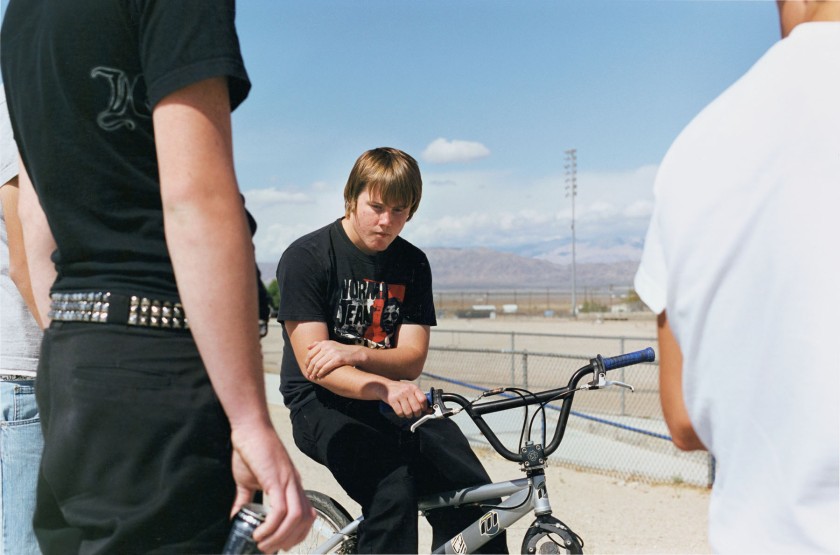






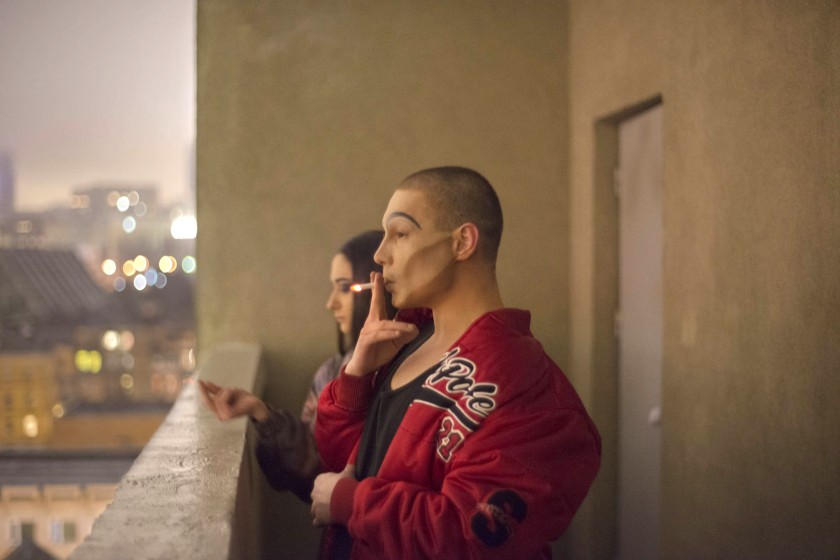
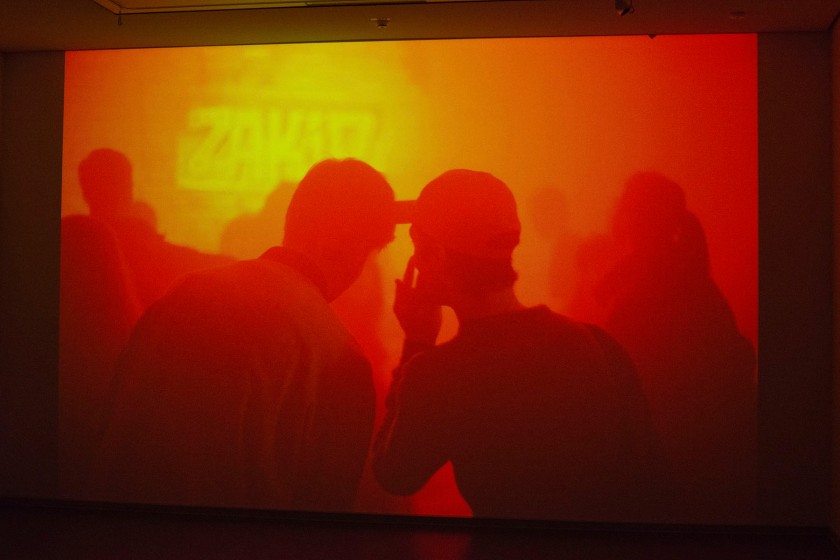

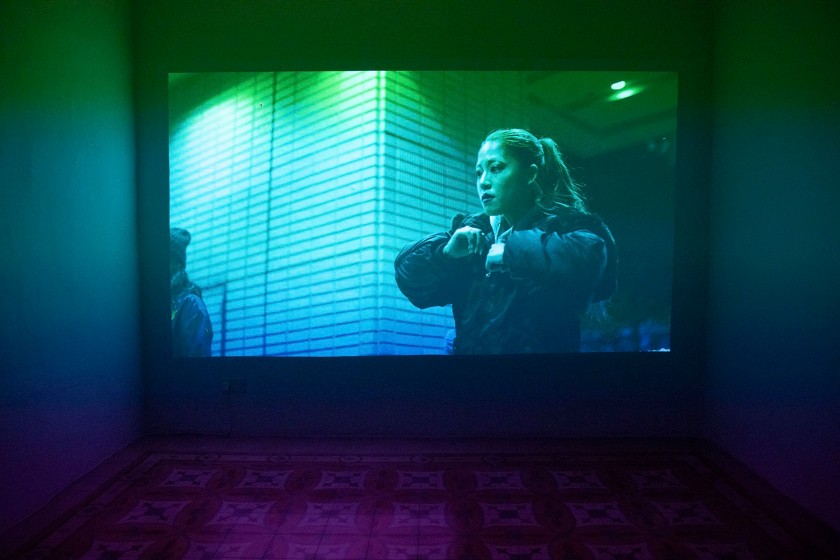
















You must be logged in to post a comment.